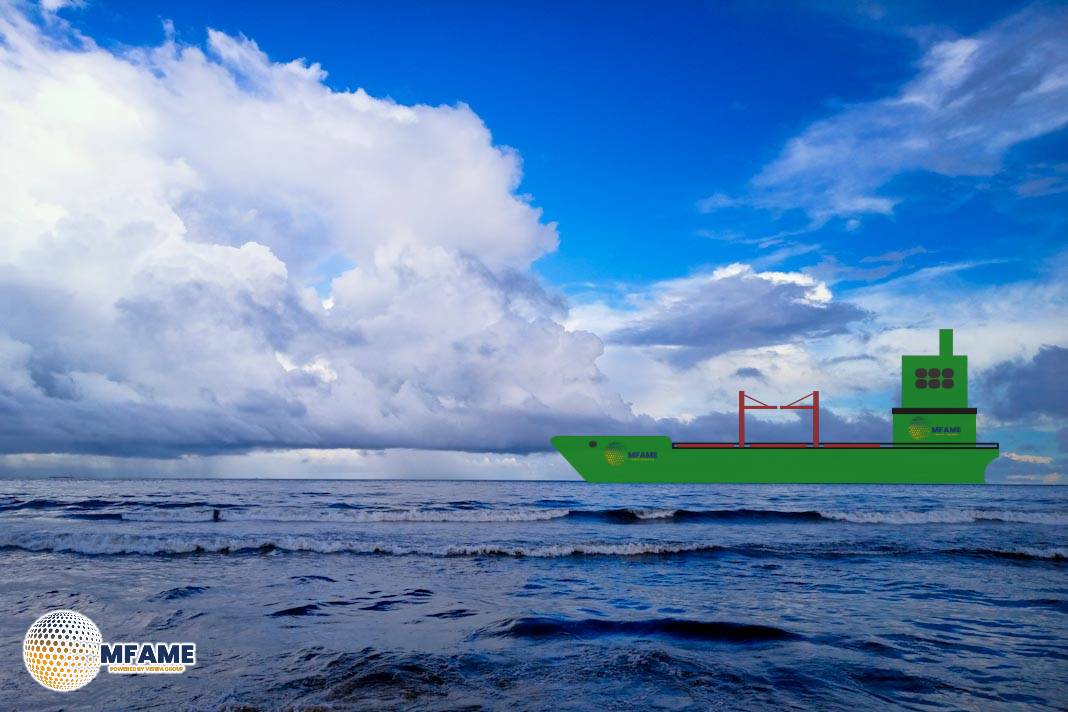- US sanctions tighten on Iranian oil logistics, targeting transshipment hubs.
- China’s independent refiners turn cautious, leading to a drop in Iranian crude imports.
- Malaysia remains key for Iran’s oil trade but faces the risk of further sanctions.
- Iran shifts to offshore oil transfers near Egypt, Myanmar, and the Red Sea.
Iran’s oil exports face new logistical hurdles as the US expands sanctions to include tankers facilitating Iranian oil shipments. With China’s independent refiners becoming more cautious, Iran has resorted to offshore transfers in new locations to keep exports flowing, reports SP Global.
Key Sanctions & Logistics Impact
US Treasury sanctions 9 crude tankers (2.2M DWT), disrupting Iranian crude flows.
Transshipment hubs under scrutiny—Malaysia handled 19.2M barrels of Iranian oil in 2024.
Iran moves oil transfers offshore near Egypt, Myanmar, and the Red Sea.
Tighter enforcement complicates trading, with increased floating storage and dubious paperwork.
China’s Shift in Buying Patterns
China’s Iranian crude imports dropped to a 12-month low (851,000 b/d in Jan).
Shandong Port Group bans US-sanctioned ships, restricting refinery access.
Malaysian-origin certificates used for Iranian oil—China’s seaborne imports from Malaysia/unknown origins jumped 31% in January.
The US may hold back from direct China sanctions due to ongoing trade war tensions.
Did you subscribe to our daily Newsletter?
It’s Free Click here to Subscribe!
Source: SP Global

















